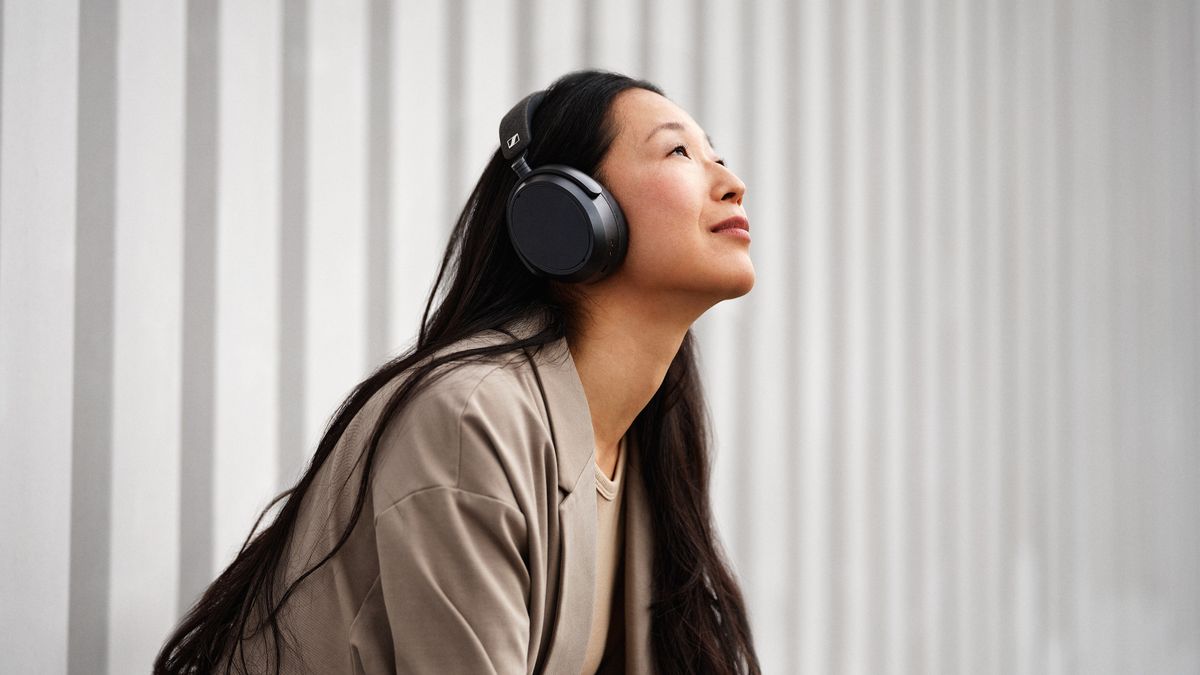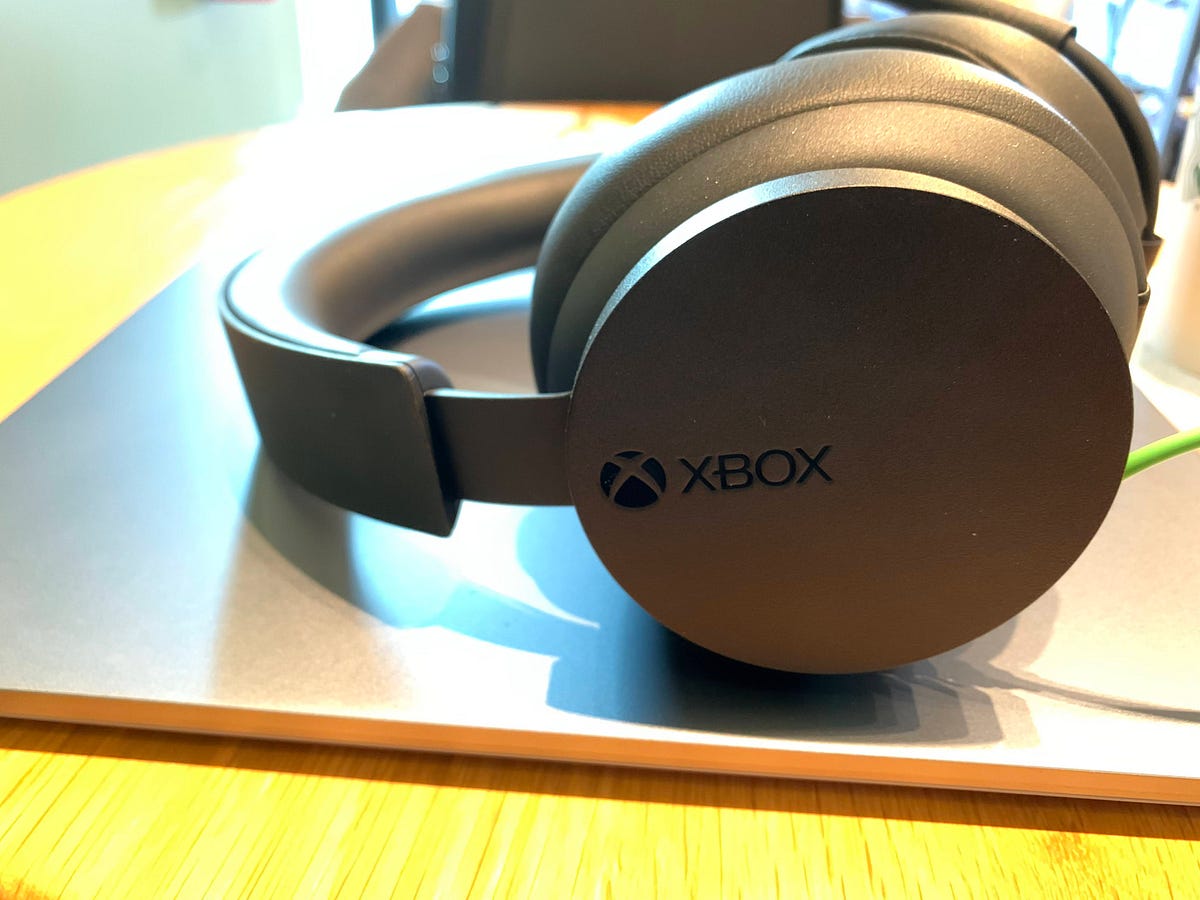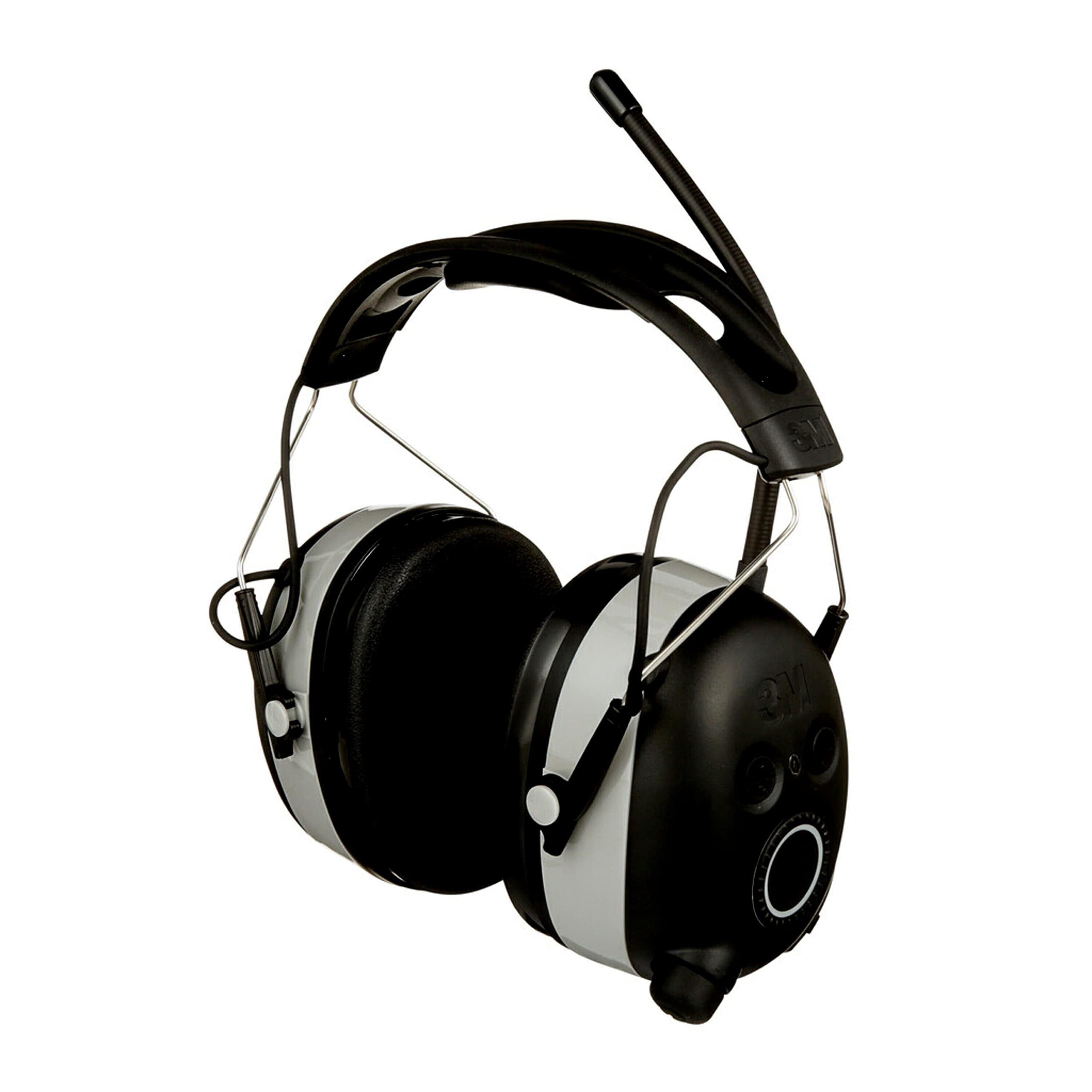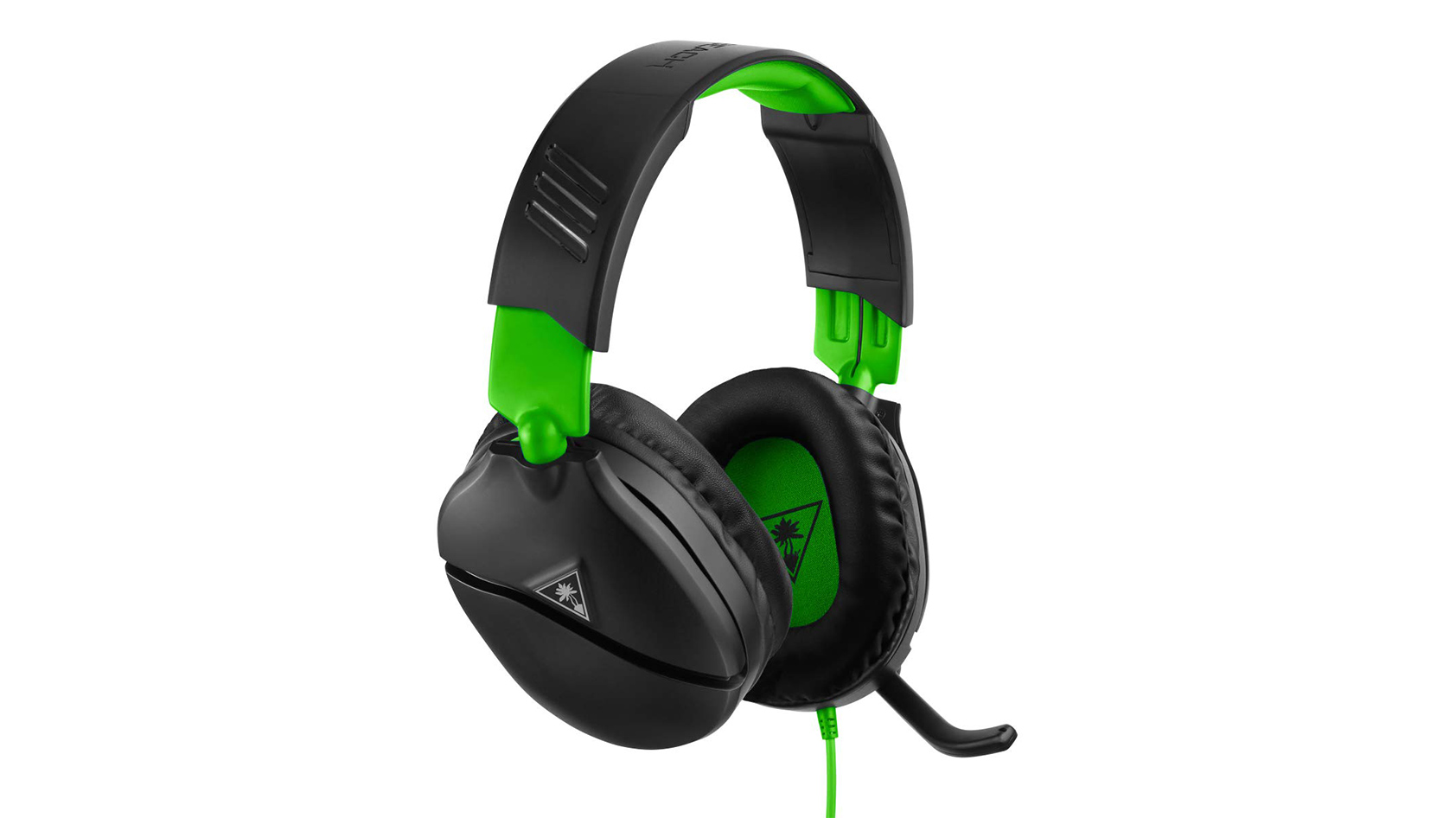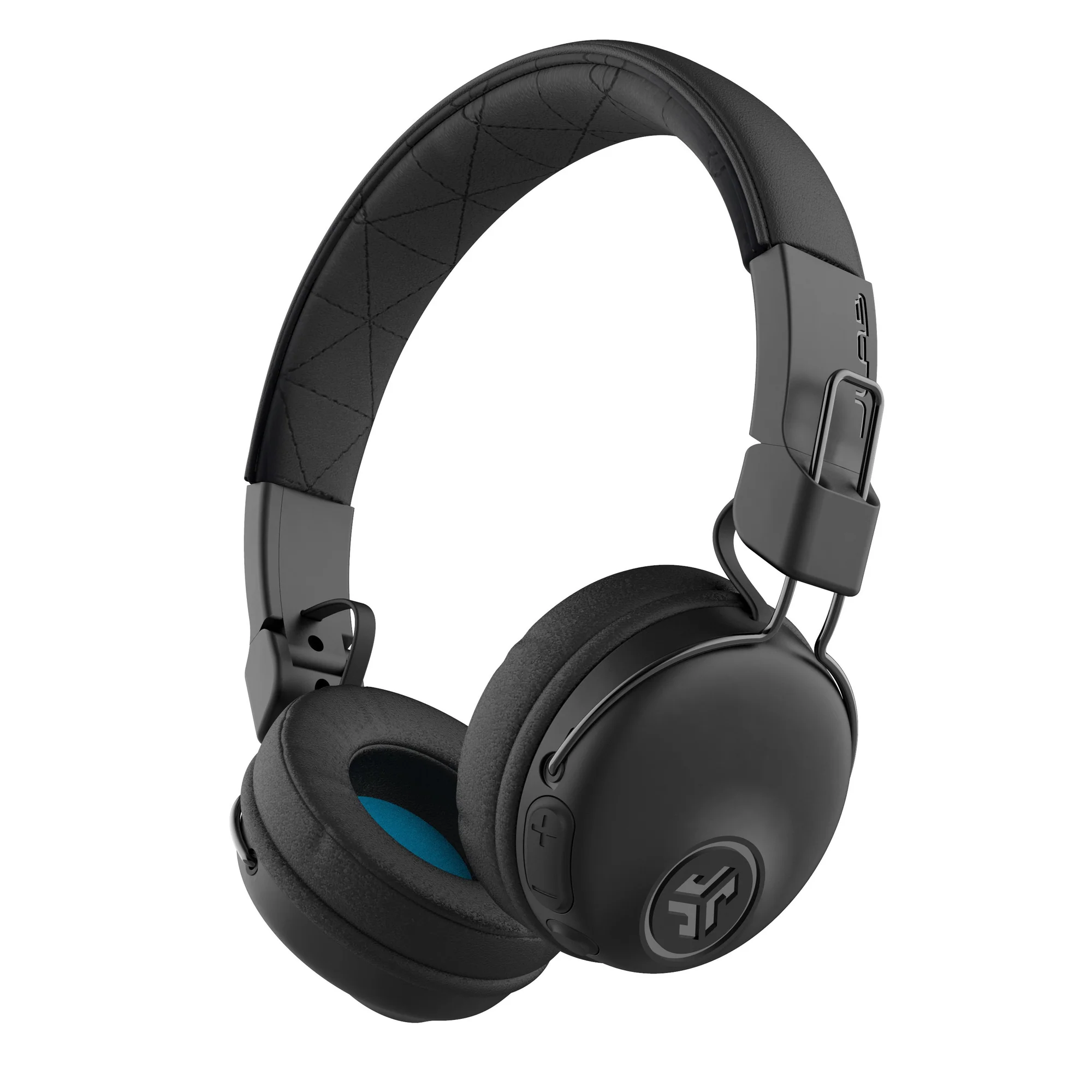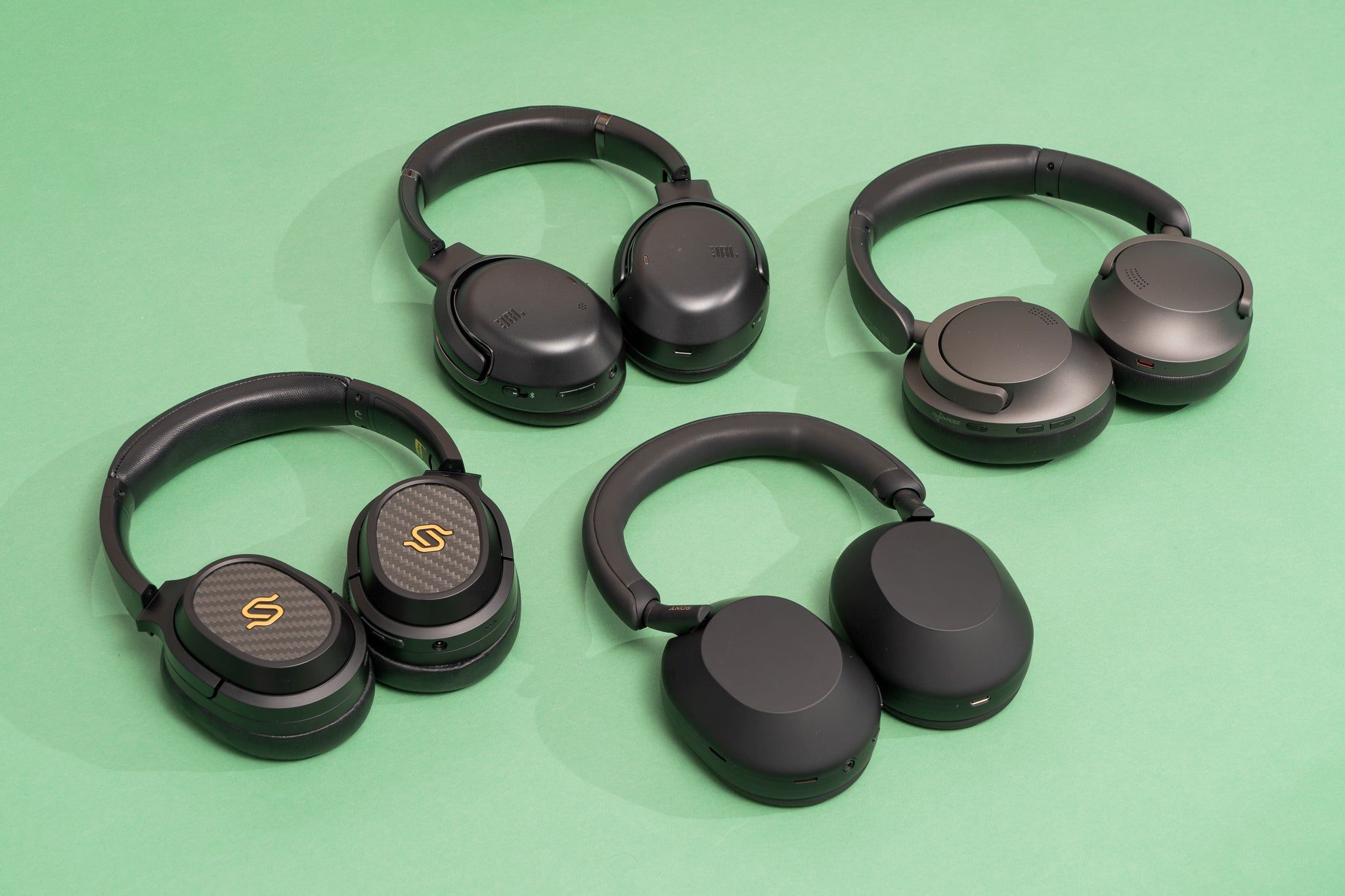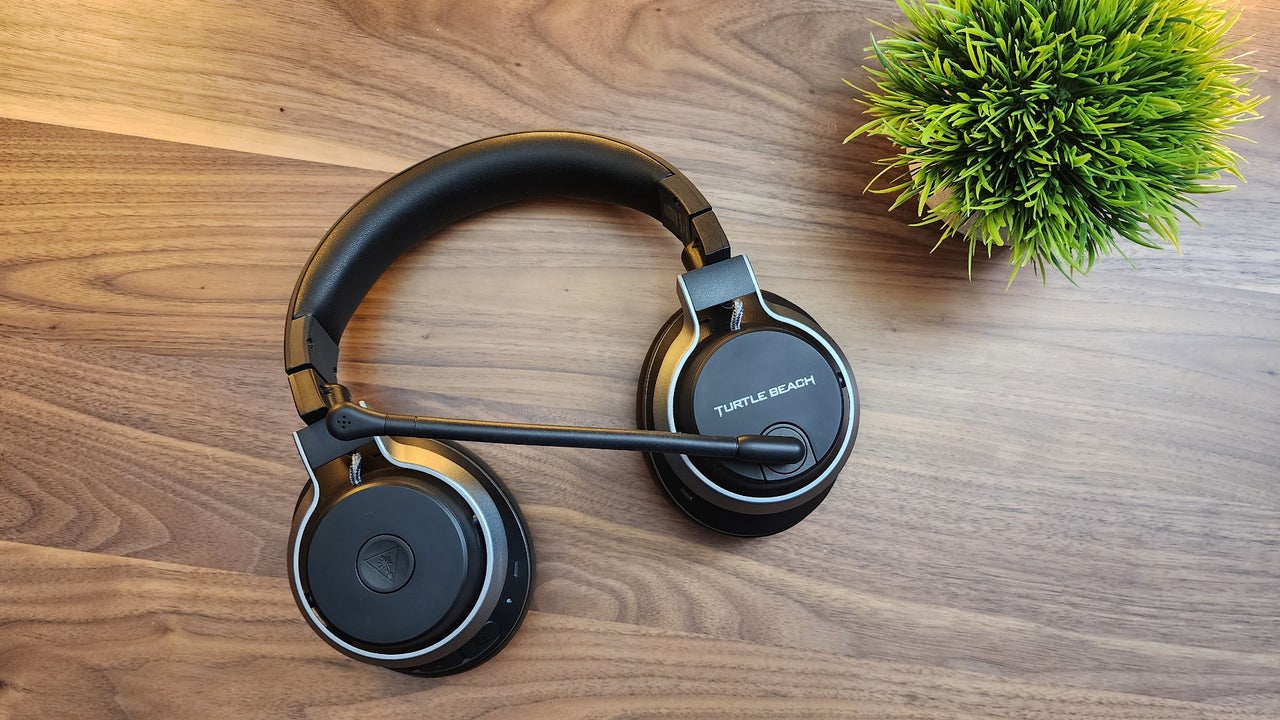Choosing the Right Headset
Selecting the right headset is the first step in ensuring comfort during extended use. With a wide array of options available, it's essential to consider several factors to find the perfect fit for your needs.
-
Headset Type:
- When choosing a headset, consider the different types available, such as over-ear, on-ear, or in-ear. Over-ear headsets encase the ears, providing a more immersive sound experience and better noise isolation. On-ear headsets rest on the ears, offering a balance between portability and sound quality. In-ear headsets, also known as earbuds, are compact and lightweight, making them ideal for on-the-go use.
-
Comfort Features:
- Look for headsets with adjustable headbands and cushioned ear cups to ensure a comfortable fit. Memory foam ear cushions are particularly desirable for their ability to conform to the shape of the user's ears, reducing pressure points and enhancing overall comfort.
-
Sound Quality:
- Consider the intended use of the headset. For gaming or immersive audio experiences, look for headsets with surround sound capabilities and high-fidelity audio. For communication purposes, such as video calls or voice chats, a headset with a clear and noise-canceling microphone is essential.
-
Wireless vs. Wired:
- Wireless headsets offer the freedom of movement and eliminate the hassle of tangled cords, making them ideal for multitasking and on-the-go use. On the other hand, wired headsets may provide a more reliable connection and eliminate concerns about battery life.
-
Compatibility:
- Ensure that the headset is compatible with your devices, whether it's a computer, gaming console, smartphone, or tablet. Some headsets are designed specifically for certain platforms, so it's important to check for compatibility before making a purchase.
By carefully considering these factors, you can narrow down the options and choose a headset that not only meets your audio needs but also provides the comfort required for extended use.
Adjusting the Headset for a Better Fit
Once you've selected the right headset, the next crucial step is to ensure that it fits properly for optimal comfort. A well-fitted headset not only enhances the audio experience but also reduces strain and discomfort during extended use. Here's how you can adjust your headset for a better fit:
1. Headband Adjustment:
Start by adjusting the headband to achieve a secure yet comfortable fit. Extend or retract the headband to match the size of your head, ensuring that it sits snugly without exerting excessive pressure. A properly adjusted headband distributes the weight of the headset evenly, minimizing discomfort caused by a tight fit or slippage.
2. Positioning the Ear Cups:
Proper positioning of the ear cups is crucial for both comfort and audio quality. Ensure that the ear cups fully enclose your ears without pressing too tightly. This helps in creating a seal for better noise isolation and prevents discomfort from the ear cups pressing against the ears.
3. Microphone Placement:
If your headset is equipped with a microphone, adjust its position for optimal performance and comfort. Position the microphone close to your mouth, ensuring that it doesn't obstruct your line of sight or come into contact with your skin. This not only improves the clarity of your voice but also prevents unnecessary strain caused by awkward positioning.
4. Cable Management:
For wired headsets, proper cable management is essential for comfort and convenience. Adjust the length of the cable to avoid tangling or excess slack. Consider using cable clips or organizers to keep the cable neatly secured, preventing it from getting in the way or causing distractions during use.
5. Test and Readjust:
After making initial adjustments, take a moment to test the fit and comfort of the headset. Pay attention to any pressure points, discomfort, or audio imbalances. If necessary, readjust the headband, ear cups, or microphone position until you achieve a comfortable and secure fit.
By taking the time to adjust your headset for a better fit, you can significantly enhance your overall comfort and enjoyment during extended use. A properly fitted headset not only reduces physical strain but also allows you to fully immerse yourself in the audio experience without distractions or discomfort.
Adding Cushions or Padding for Extra Comfort
When it comes to enhancing the comfort of your headset, adding cushions or padding can make a significant difference, especially during prolonged usage. Whether you're using an over-ear or on-ear headset, the right cushioning can alleviate pressure points, reduce fatigue, and elevate the overall wearing experience. Here's how you can optimize your headset for extra comfort by incorporating cushions or padding:
1. Replacement Ear Cushions:
Over time, the original ear cushions of your headset may wear out or lose their plushness, leading to discomfort during use. Consider replacing them with high-quality, memory foam ear cushions designed specifically for your headset model. These replacement cushions not only restore the headset's comfort but also provide improved support and better noise isolation, enhancing the overall audio experience.
2. Customizing Cushion Thickness:
Some headsets offer the flexibility to customize the thickness of the ear cushions. By opting for thicker or thinner cushions based on your preference, you can tailor the fit to better accommodate the shape and size of your ears. This customization ensures that the ear cups exert minimal pressure while maintaining a secure seal, promoting extended comfort during prolonged listening or gaming sessions.
3. Headband Padding:
In addition to ear cushions, consider adding padding to the headband of your headset, especially if you experience discomfort at the top of your head during extended use. Headband padding distributes the weight of the headset more evenly, reducing pressure on the crown of the head and minimizing the likelihood of headaches or discomfort associated with prolonged wear.
4. Velour or Leatherette Cushions:
Explore the option of using velour or leatherette cushions as an alternative to the standard foam cushions provided with your headset. Velour cushions offer a soft and breathable texture, ideal for extended wear, while leatherette cushions provide a sleek and durable option that is easy to clean. Both materials offer enhanced comfort and can be a valuable upgrade for your headset.
5. DIY Padding Solutions:
For those seeking a customized approach, DIY padding solutions can be implemented to tailor the headset's comfort to individual preferences. Adding extra layers of cushioning or incorporating soft fabric covers can effectively enhance comfort and alleviate pressure points, creating a personalized wearing experience tailored to your unique comfort needs.
By incorporating these cushioning and padding strategies, you can elevate the comfort of your headset, making extended usage more enjoyable and less taxing on your ears and head. The investment in high-quality cushions or padding not only enhances comfort but also prolongs the lifespan of your headset, ensuring that you can continue to enjoy an immersive audio experience without compromising on comfort.
Using Headset Accessories for Support
In addition to adjusting the headset itself, incorporating accessories can further enhance comfort and support during prolonged use. These accessories are designed to address specific comfort and ergonomic needs, allowing users to customize their headset experience to achieve optimal comfort and functionality.
1. Headset Stands and Hangers:
Investing in a dedicated headset stand or hanger serves multiple purposes. Not only does it provide a convenient storage solution, but it also helps in preserving the headset's shape and structural integrity. By keeping the headset securely suspended when not in use, these accessories prevent unnecessary wear and tear while ensuring that the headset is readily accessible when needed.
2. Cable Management Solutions:
Tangled or dangling cables can be a source of frustration and discomfort during headset use. Implementing cable management solutions such as clips, organizers, or cable sleeves helps in keeping the headset's cables neatly organized and out of the way. This not only reduces distractions but also minimizes the risk of accidental tugging or entanglement, contributing to a more seamless and comfortable user experience.
3. Earpad Covers and Hygiene Accessories:
For users who prioritize hygiene and cleanliness, earpad covers and hygiene accessories offer a practical solution. These disposable or washable covers are designed to fit over the ear cushions, providing a barrier that helps in preventing the buildup of sweat, oils, or makeup. By maintaining a clean and hygienic surface, these accessories contribute to a more pleasant and comfortable wearing experience, particularly in shared or multi-user environments.
4. Velcro Straps and Padding Extensions:
Velcro straps and padding extensions offer a customizable approach to enhancing headset comfort. These accessories allow users to secure loose cables, customize the fit of the headband, or add supplementary padding where needed. By addressing specific comfort and fit requirements, these accessories empower users to tailor their headset to their individual preferences, ensuring a personalized and comfortable wearing experience.
5. Replacement Parts and Upgrades:
Incorporating replacement parts and upgrades, such as premium ear cushions, breathable headband padding, or enhanced microphone booms, can significantly improve the overall comfort and functionality of the headset. These components are designed to address common comfort issues, enhance durability, and elevate the audio experience, making them valuable additions for users seeking to optimize their headset for extended use.
By leveraging these headset accessories, users can not only enhance the comfort and support of their headset but also customize their wearing experience to align with their unique preferences and needs. Whether it's through improved organization, hygiene maintenance, or personalized adjustments, these accessories play a pivotal role in ensuring that users can enjoy extended headset use without compromising on comfort or functionality.
Taking Breaks and Practicing Good Posture
In the quest for headset comfort, it's essential to acknowledge the significance of taking breaks and maintaining good posture. While the headset itself plays a crucial role in ensuring physical comfort during extended use, incorporating regular breaks and practicing proper posture can significantly contribute to overall well-being and comfort.
Importance of Breaks
Extended periods of headset use can lead to physical and mental fatigue, particularly when engaging in activities such as gaming, streaming, or virtual meetings. Taking periodic breaks allows the body to rest and recover, reducing the risk of discomfort and strain associated with prolonged headset wear. By stepping away from the headset and engaging in brief, non-headset activities, users can alleviate pressure on the ears, head, and neck, promoting better circulation and reducing the likelihood of discomfort or tension.
Break Suggestions
When integrating breaks into headset usage, consider engaging in activities that allow for movement and relaxation. Simple stretches, brief walks, or eye-rest exercises can help in alleviating muscle tension and eye strain, contributing to overall physical comfort. Additionally, incorporating mindfulness practices or relaxation techniques during breaks can have a positive impact on mental well-being, promoting a sense of calm and reducing stress associated with prolonged headset use.
Practicing Good Posture
Maintaining good posture is essential for minimizing physical strain and promoting comfort during headset use. Proper posture not only reduces the risk of neck and back discomfort but also contributes to optimal headset fit and audio experience. When using a headset, it's important to sit or stand with the spine aligned, shoulders relaxed, and the head in a neutral position. This alignment helps in distributing the weight of the headset more evenly, reducing the likelihood of discomfort or muscle tension.
Posture Tips
To practice good posture while using a headset, consider the following tips:
- Sit in a supportive chair with proper backrest and lumbar support to maintain spinal alignment.
- Avoid slouching or leaning forward excessively, as this can lead to neck and shoulder strain.
- Position the headset in a way that allows for natural head and neck alignment, minimizing strain on the cervical spine.
- Take periodic posture checks to ensure that the body remains aligned and relaxed during headset use.
By integrating regular breaks and practicing good posture, users can mitigate the physical and mental strain associated with prolonged headset use, contributing to a more comfortable and sustainable wearing experience. These simple yet impactful practices promote overall well-being, allowing users to enjoy extended headset use without compromising on comfort or health.







